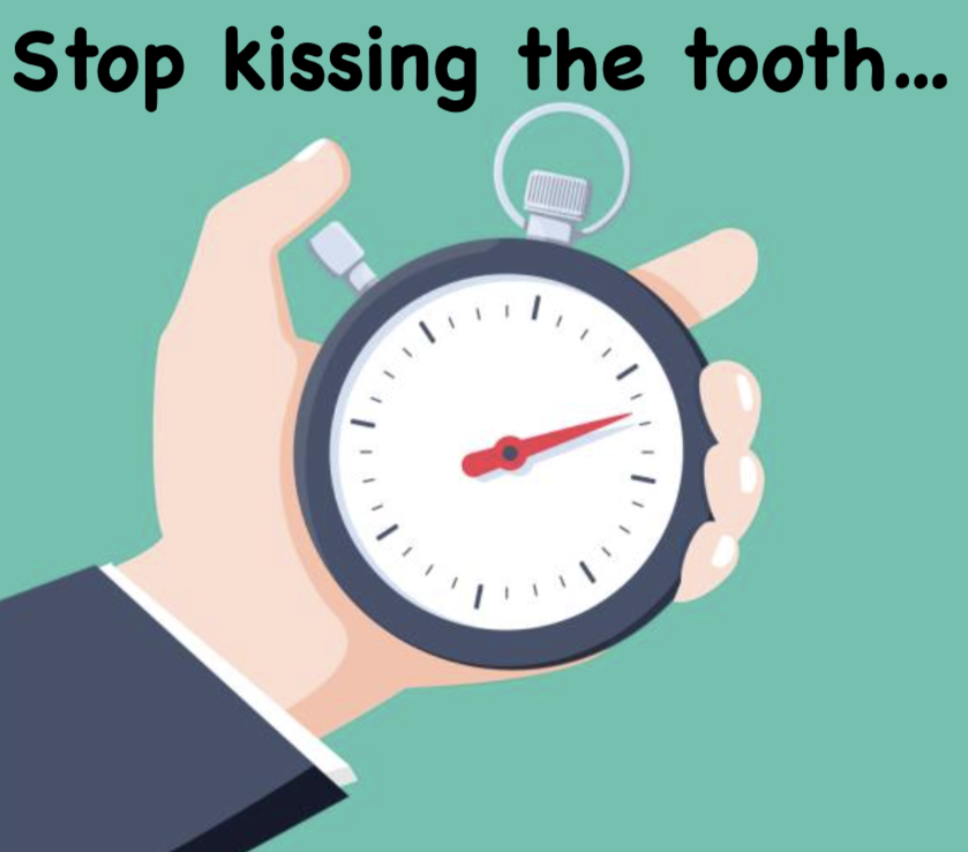|
STOP KISSING THE TOOTH…MAKE LOVE TO IT !!!
Maintaining a solid relationship with a spouse or loved one requires a great sense of commitment, and excellent time management to make each moment together count. Being a dentist requires the same sense of commitment and time management. The commitment is to expedient completion of the procedures to the highest level of competence, and to do it in a way that helps maintain time commitments and some degree of profitability.
One of the joys of being a Dental Practice Coach is seeing the new members of our professional community beginning their careers in the practices that we are working with. Most of them begin their first positions with confidence, and with high expectations. Some, take off and fly, while others, become humbled by the need to combine clinical performance with excellent people management and business management.
Recently, I was asked to observe the associate dentist in a practice. Members of the team had expressed some frustration over the doctor taking two and a half to three hours to complete a simple “crown prep, temp and impression.” Similar situations have occurred in practices with scanners and mills, but in those practices, it is usually more related to time management of the digital work flow.
In this practice I watched as the doctor touched the tooth with the diamond, then stopped and blew air on it to inspect what he had done, which was very little to that point. This routine was repeated time after time for quite a while. It reminded me of how, in Dental School, we would all drill a little, then repeatedly blow the dust off with our mouth. I will never forget how, on my first live patient, I almost went to blow off the tooth with my mouth, until I caught myself and switched to the air-water syringe.
|


